The Fairbanks-Morse H20-44 was another mid-century diesel that didn’t.
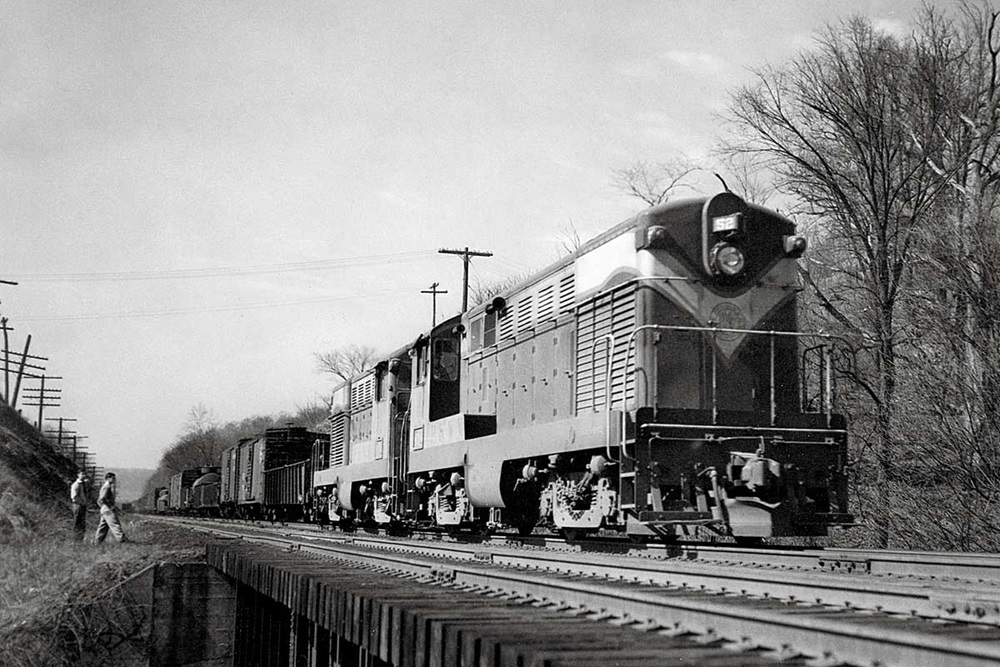
FM’s first foray into the diesel road-switcher market was unconventional, to say the least. In 1947, instead of following the already traditional convention of a cab surrounded by a long and short hood, the Beloit, Wis., builder introduced the H20-44, and it looked like an overgrown switcher. To assume that is what it was would be a mistake.
FM took a 2,000-hp, 10-cylinder opposed-piston engine diesel engine and sat it on a pair of heavy-duty two-axle road trucks, and the crew had a fascinating view of the world when in reverse. Remember the more conventional H15-44 road switcher that began production a few months later? The one with the conventional layout? It used the same frame.
The first Fairbanks-Morse H20-44 units rolled out in mid-1947 with production continuing and off until early 1954. Ninety-six of the 254,000-pound units were built, mostly for railroads in the East: 6 went to Akron, Canton & Youngstown, 19 to New York Central, 22 to Pittsburgh & West Virginia, and 38 to the Pennsylvania Railroad. In the west, only Union Pacific ordered them, with a batch of 10.
The design was not meant for secondary lines, switching, and light duty. FM built them for heavy-duty, in your face, get-out-of-the-way service, and the railroads that purchased them obliged. They were assigned to heavy ore trains, coal trains, long transfer moves, and helper service. For example, West Coast fans were fascinated to find a pair of H20s back-to-back cut in ahead of the caboose, shoving Union Pacific freights up and over Cajon Pass in Southern California.
But they had their performance problems. All those horses on a four-axle body made them slippery, and more than one crew complained of having to work extra diligently not to let the units “get away from them” in helper service. Apparently, a six-axle C-C version was offered by the builder, and that would have made them easier to handle, but there were no takers.
Overall, the Fairbanks-Morse H20-44 units did well for the railroads that bought them. Most were eventually retired from their original owners, but a small handful found work in a second life — most notably just north of Victorville, Calif. Out there in the California desert, Southwest Portland Cement used a few ex-UP machines to haul commodities from the mines to the processing plant. Modified with extra filters to keep out the dust, they plodded back and forth for years, earning their keep. Just like FM intended them to do.
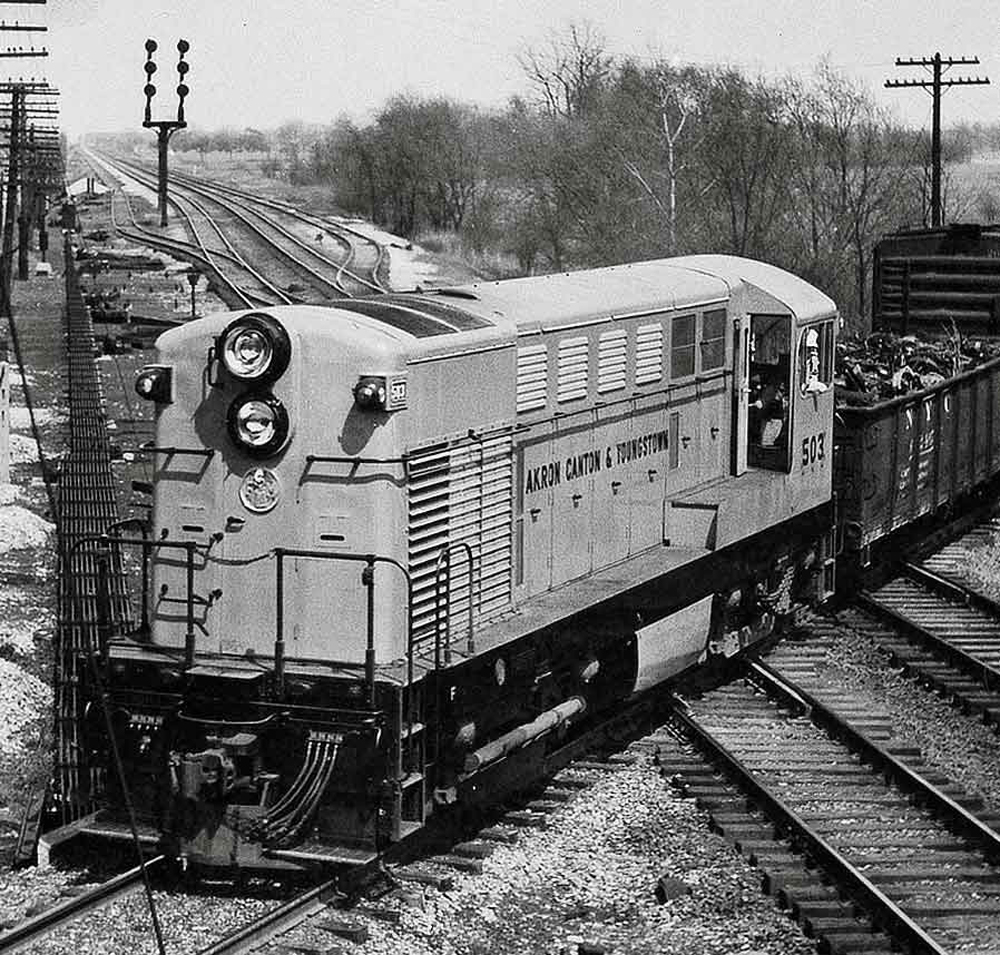






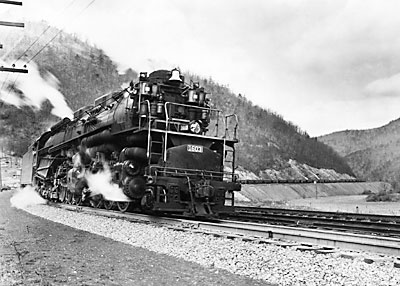
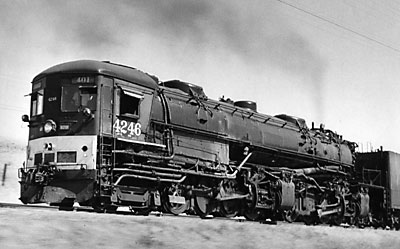
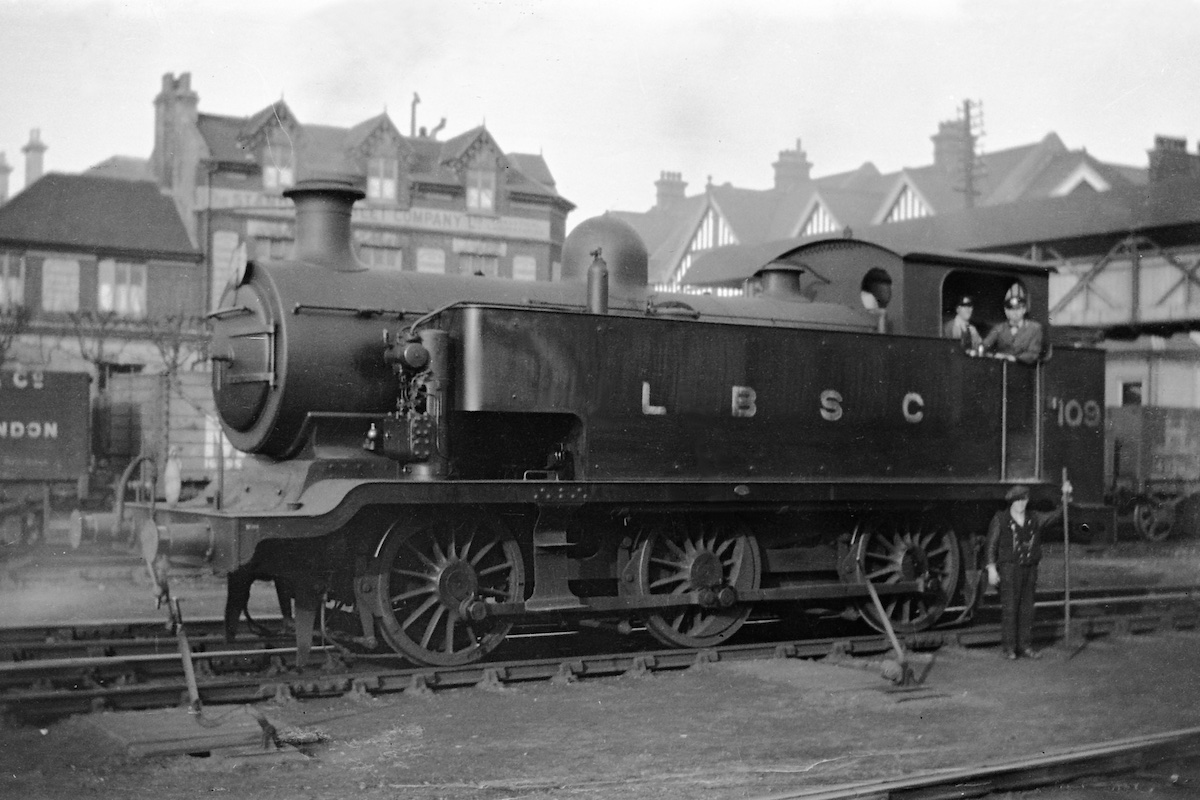
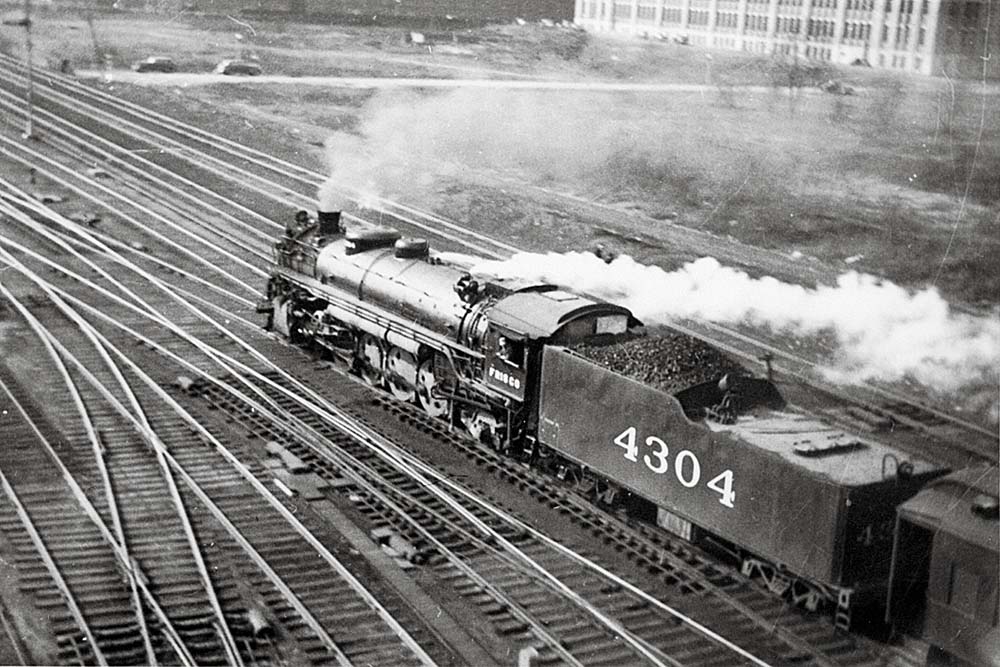




Note that the veteran Union Pacific FM H-20-44 #1369 road switcher is exhibited as the Pacific Southwest Railway Museum’s most powerful diesel locomotive.
Dr. Güntürk Üstün
When did toilets become a requirement on locomotives? Steam engines did not have any.
I remember that big ol’ Mars Light flashing into my bedroom window at night while growing up along the AC&Y in Greenwich, Ohio.
Great history. I really like when the author not only tells “what” (in this case the design was not popular) but “why” (lack of traction and perhaps too specialized). The Why is important in understanding how a solid good company might make a product mistake.
I always wondered where they put the toilet for the crew? Also, 2000HP was a lot of power before the introduction of suffisticated wheel slip control.